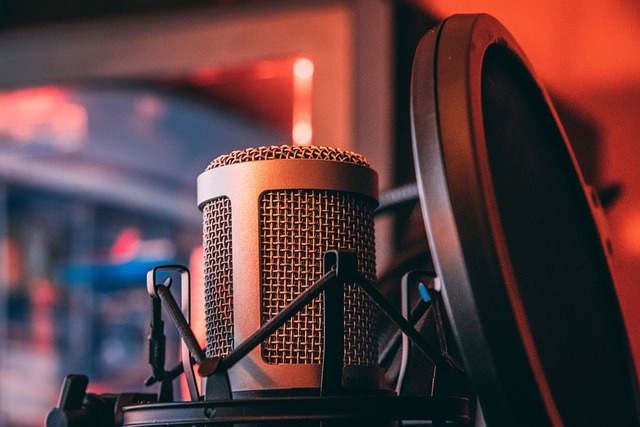AI websites for music production are revolutionizing the creative process by offering advanced tools powered by algorithms and machine learning. These platforms, through neural networks trained on music datasets, generate unique sounds, mimic human compositions, and enhance prototyping. Key features include generation, editing, and customization capabilities, catering to both amateur and professional producers. While democratizing access and boosting productivity, AI's rise challenges traditional production methods and human creativity. Balancing technology and artistic quality is crucial for the industry's future as we navigate this evolving landscape of music production.
“Dive into the future of music production with our comprehensive comparison of AI music tools. In an era where technology drives creativity, understanding and leveraging AI websites for music production is paramount. This article, ‘Understanding AI Music Tools for Production: Unlocking Creative Potential,’ explores key features, functionality, and the broader impact on the industry. Get ready to navigate the ever-evolving landscape of AI-driven music creation.”
- Understanding AI Music Tools for Production: Unlocking Creative Potential
- Key Features and Functionality: A Comparative Analysis
- Impact on the Music Industry: Opportunities and Challenges Ahead
Understanding AI Music Tools for Production: Unlocking Creative Potential

AI music tools are transforming the landscape of music production, offering producers and artists an exciting array of options to enhance their creative processes. These tools leverage advanced algorithms and machine learning capabilities to generate, manipulate, and assist in composing music, making them a game-changer for both amateur and professional musicians. By using AI websites for music production, users can unlock a world of possibilities, from generating unique musical fragments to discovering new sounds and styles that inspire their work.
Understanding how these tools work is the first step towards harnessing their potential. Many AI music generators use neural networks trained on vast datasets of existing music to learn patterns, structures, and emotional nuances. This training enables them to create compositions that mimic human-composed music or offer entirely new, innovative sounds. For producers, this means faster prototyping, easier experimentation, and the ability to collaborate with an intelligent partner, pushing the boundaries of what’s possible in modern music production.
Key Features and Functionality: A Comparative Analysis

When comparing AI websites for music production, understanding key features and functionality is paramount. These tools vary in their abilities to generate, edit, and enhance musical compositions using artificial intelligence algorithms. Some platforms offer sophisticated melody creation, while others excel in sound synthesis and instrument simulation. For instance, advanced models like Amper Music and AIVA (Artificial Intelligence Virtual Artist) provide high-quality, customizable tracks based on user preferences and genre choices.
In contrast, simpler AI music tools may focus on real-time audio editing, offering features such as pitch shifting, tempo adjustment, and automatic beat matching. Tools like Magenta by Google and MusicAI prioritize ease of use, making them ideal for beginners or quick sound design tasks. Functionality also extends to collaboration, with some platforms allowing users to co-create music remotely. This competitive landscape ensures that AI websites for music production cater to diverse needs, from professional composers seeking complex creative solutions to amateur musicians looking for accessible, user-friendly editing options.
Impact on the Music Industry: Opportunities and Challenges Ahead

The advent of AI websites for music production has sparked a new era in the creative industry, presenting both opportunities and challenges for musicians and producers. These cutting-edge tools offer unprecedented accessibility to music creation, allowing users to compose, arrange, and mix tracks with minimal training. The potential for democratization is immense, empowering individual artists to produce high-quality content independently. Furthermore, AI algorithms can enhance productivity by automating repetitive tasks, freeing up time for more intricate artistic pursuits.
However, as AI takes center stage, traditional music production methods and the role of human creativity are brought into question. Concerns about job displacement and the potential devaluation of skilled craftsmanship loom large. Striking a balance between embracing technological advancements and preserving the unique qualities of human artistry will be crucial for the industry’s future. As AI music tools continue to evolve, the music production landscape is poised for significant shifts, demanding adaptation and innovation from all stakeholders.
AI music tools are rapidly transforming the music production landscape, offering unprecedented creative opportunities. By analyzing key features and their impact on the industry, it’s evident that AI websites for music production are here to stay. While they present challenges, the potential for enhanced collaboration, accessibility, and innovation is immense. As these tools continue to evolve, music producers can look forward to a future where artistic expression meets advanced technology, opening doors to new musical horizons.
